Twelve tricks for reduce traffic jam in a city
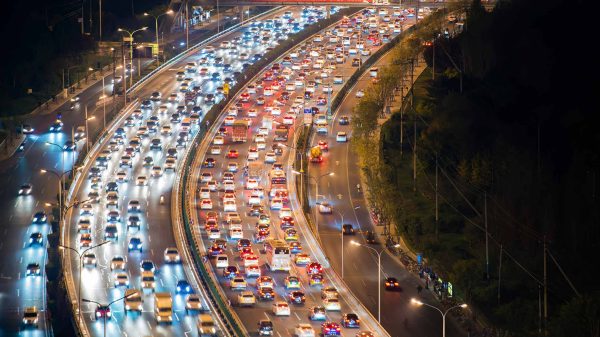
Reducing traffic jams in Dhaka city, or any heavily congested urban area, requires a comprehensive approach involving multiple strategies and solutions. Here are some measures that can help alleviate traffic congestion in Dhaka:
- Improving Public Transportation: Investing in an efficient and well-connected public transportation system can encourage people to use public transport instead of private vehicles. This can include expanding and modernizing bus and rail networks, introducing dedicated bus lanes, and implementing a reliable and affordable ticketing system.
2. Encouraging Non-Motorized Transport: Promoting walking and cycling can be an effective way to reduce traffic congestion, especially for short trips. Building pedestrian-friendly infrastructure, cycle lanes, and bike-sharing programs can incentivize people to adopt these eco-friendly modes of transport.
3. Implementing Carpooling and Ridesharing: Encouraging carpooling and ridesharing can significantly reduce the number of vehicles on the road. The government can provide incentives for carpooling, and technology platforms can facilitate the process.
4. Introducing Congestion Pricing: Congestion pricing is a system where motorists are charged a fee to drive in certain congested areas or during peak hours. By implementing congestion pricing, the government can discourage unnecessary trips and raise funds for improving public transport.
5. Managing Traffic Flow and Signals: Optimizing traffic signals, coordinating signal timings, and installing intelligent transportation systems can improve the flow of traffic and reduce bottlenecks.
6. Creating Bypass Roads and Ring Roads: Constructing bypass roads and ring roads can divert through-traffic away from the city center, reducing congestion in the most heavily traveled areas.
7. Strictly Enforcing Traffic Rules: Strengthening traffic law enforcement can help reduce traffic violations, which often contribute to congestion. This includes cracking down on illegal parking, lane violations, and other traffic offenses.
8. Promoting Remote Work and Flexible Hours: Encouraging businesses to adopt flexible working hours and remote work policies can help distribute peak-hour traffic and reduce congestion during rush hours.
9. Improving Road Infrastructure: Regular maintenance and upgrading of road infrastructure are essential to ensure smooth traffic flow. Widening roads, repairing potholes, and improving road quality can make a significant difference.
10. Promoting Urban Planning and Zoning: Proper urban planning and zoning can reduce traffic congestion by promoting mixed-use development, reducing the need for long commutes, and creating pedestrian-friendly neighborhoods.
11. Awareness and Education Campaigns: Launching public awareness campaigns to educate citizens about the impact of traffic congestion and the benefits of using public transportation and alternative modes of transport.
12. Implementing Emergency and Priority Lanes: Designating emergency and priority lanes for public transportation and essential services can ensure that critical vehicles can move swiftly through congested areas.
It’s important to note that no single measure can completely eliminate traffic congestion. A combination of short-term and long-term strategies, coupled with effective enforcement and public participation, is crucial to address this complex issue effectively. Moreover, traffic management is an ongoing process that requires continuous monitoring and adaptation to changing circumstances.




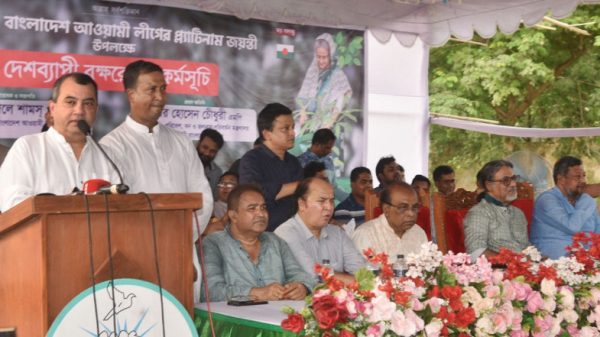
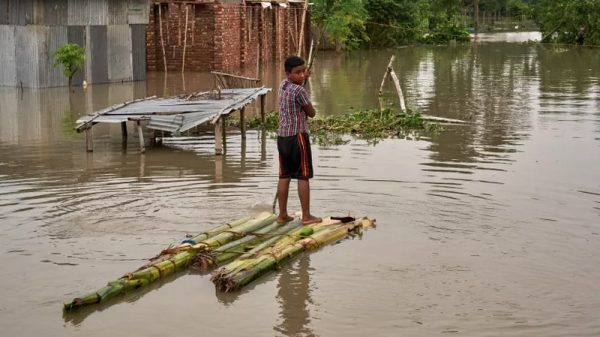




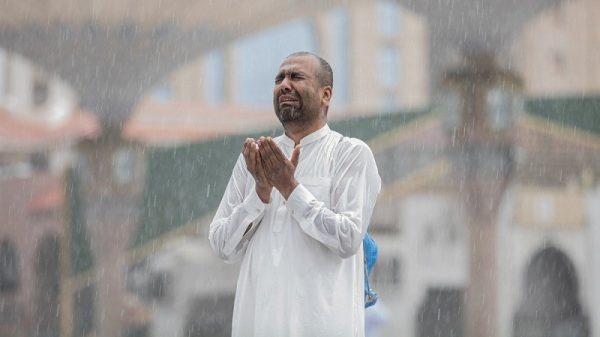


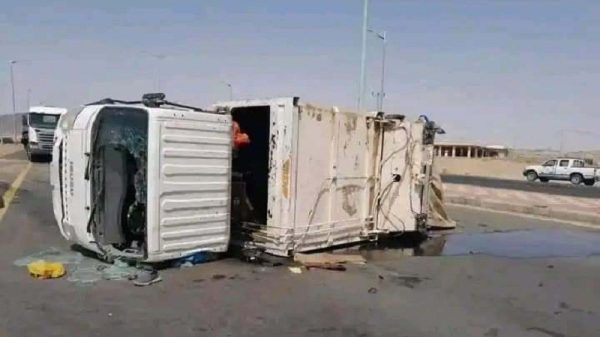
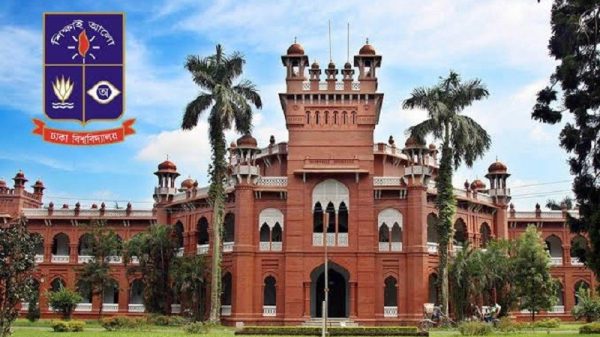
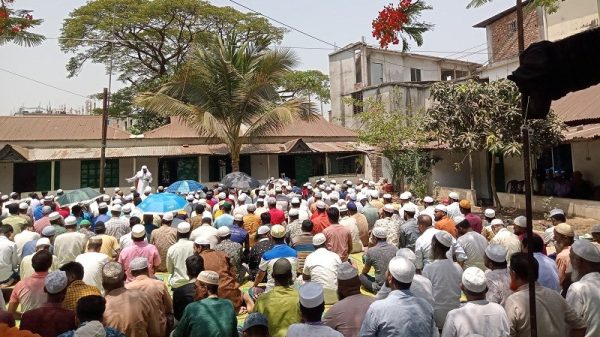
Leave a Reply